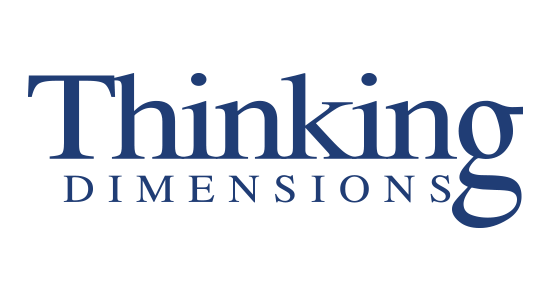Solving problems and creating optimum solutions is often not as simple as just following a linear facilitation process and getting to answers. Added complexity and involvement of several stakeholders requires an approach that can align different inputs towards sustainable solutions. However, from experience, we know that the more input from different sources the higher the risk of lengthy discussions and diverse non-focused results with extensive wasted time and cost.
Against this background, it becomes quite important to have a well facilitated structured approach in place to achieve meaningful and sustainable end results. This involves at least the following three interrelated components:
- Firstly, an experienced facilitator must be chosen that is able to facilitate group dynamic in such a way to maximally surface relevant information towards a predetermined and agreed objective or outcome to be achieved. This in itself is quite a challenge because it is necessary to allow optimum participation from all stakeholders and avoid at all cost excessive domination or submission from participants as well as facilitator.
- Secondly a well structured process needs to be agreed upon and followed during the session. Outcomes to be achieved and realistic time frame to be allowed are important starting points. Any process to be followed should at least consist of the following to ensure focus:
- A well defined starting focus that is clearly defined and mutually understood by all involved in the process. This often requires some information to be gathered before the session to then be submitted and agreed upon at the beginning of the session. This could be a clearly formulated problem statement, a clear purpose statement for decision making or a specific situation for risk analysis.
- Once clarity regarding the focus of the process is established the next step would be to gather as much relevant information as possible from all participants through well planned questions asked and information recorded. This process of divergent thinking requires very specific skills from the facilitator and the quality and relevance of the information is directly related to the quality of the questions.
- In the next step it becomes necessary to converge the generated information through well known processes like Pareto, Pivotal point discussion, criteria based elimination, etc towards an elaborated and focused outcome and understanding of the starting focus. This means that we should start with a problem statement and the agreed outcome is to find the root cause. This step will provide us with a few possible causes to be verified.
- The last step will then be to clearly formulate the agreed outcome to ensure focused common understanding that will lead to executable action plans. From the previous example, this will mean defining the root cause of the problem and determine next steps.
- The third critical component is to select stakeholders that can participate actively and provide relevant and accurate information during the session or are able to source information required. The quality of resources also has a direct influence on the quality of outcomes and time spend to achieve these outcomes.

In conclusion, facilitations can easily end up in a diverse time consuming set of discussions and participants are often left with a feeling of frustration and unfinished results which could be minimized by following a few general practical guidelines.



